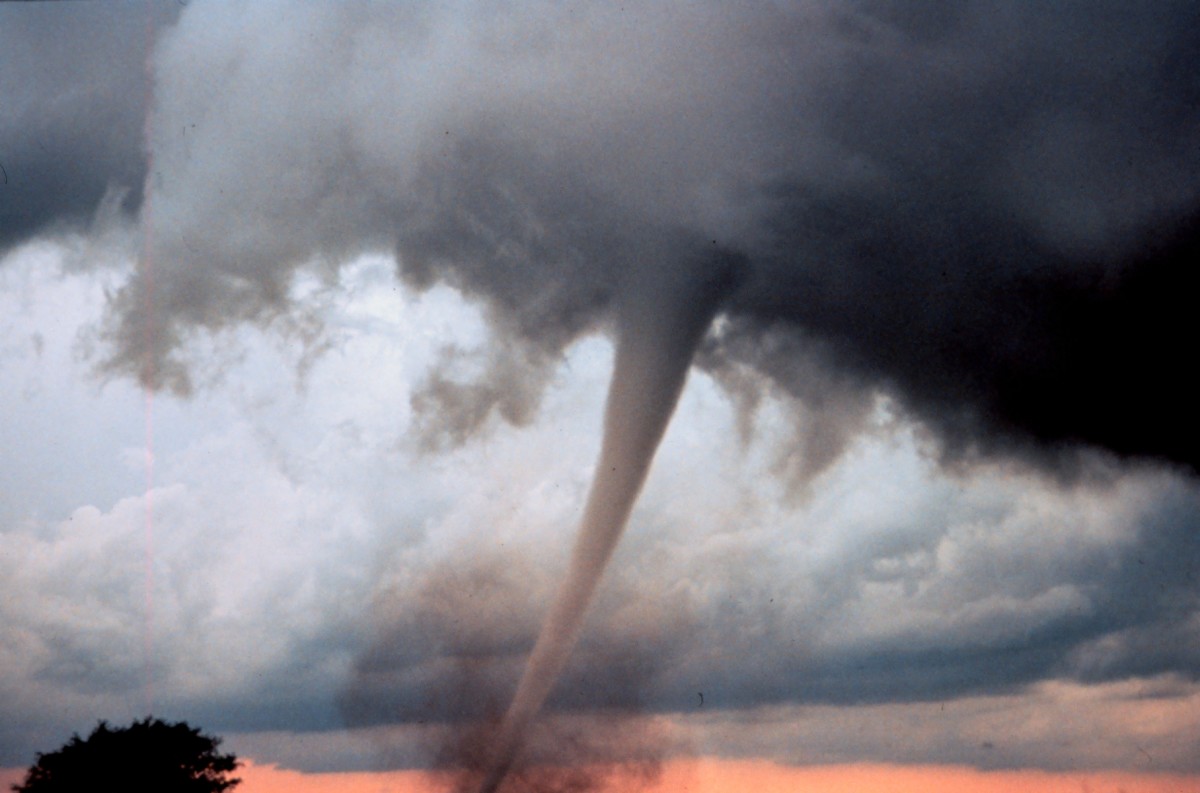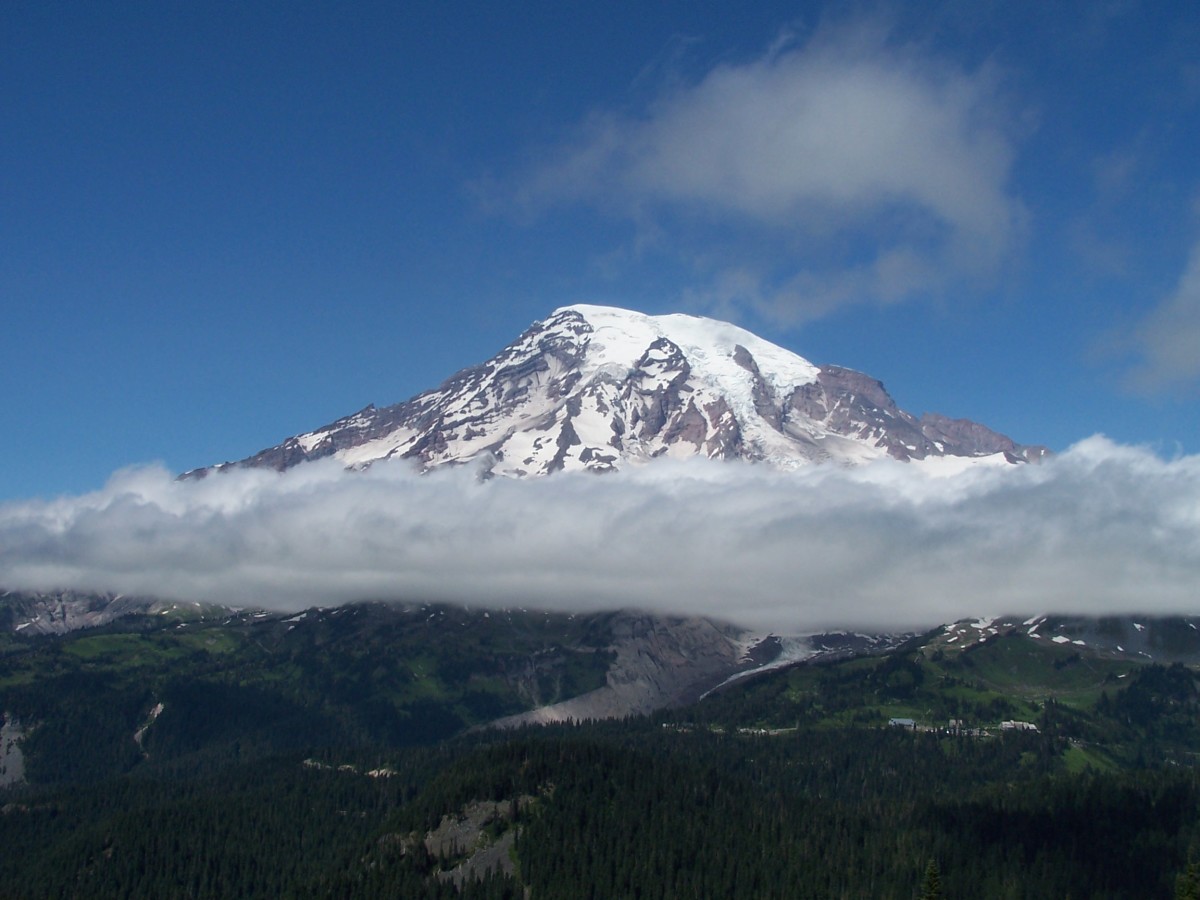Storm weather patterns

It is much safer than a house to be in your motorcar while a thunderstorm takes place. If lightning does strike it will flash all over the outside of your car. Your car is a metal cage - and runs to the earth via the rubber tyres. Although the tyres are made of rubber they do contain enough other material to make them conductors of electricity also.
When thermal upcurrents in large clouds they reach speeds of 100km/h (60mph) These can be killers. In 1930 there were five glider pilots who flew into a thundercloud over the Rohn mountains in Germany.
Only one of them survived the drop. The others were held aloft by thermals and became entombed in ice like they were giant hailstones before the clouds released them. On September 26 1982, an Australian parachutist by the name of Rick Collins, was trapped for 28 minutes in a thunder-cloud over the city of Brisbane. He jumped from 1800m (6000ft), opened his parachute and was held up by thermals up to 3800m (12,500ft). He was battered by hailstones and almost passed out from the lack of oxygen. Luckily he escaped by releasing his parachute, and then falling free through the clouds to 4 50m (1500ft). He then landed with his reserve parachute.
There are great storms that happen in the tropics. They have winds of between 120 and 300km/h (75 -190mph) and are called typhoons in the north Pacific. In the Atlantic they are called hurricanes, and then called cyclones in the Indian Ocean and Australia. All are very tight, deep low-pressure zones which are spawned over the sea near the Equator. Most of the storms collapse within around ten days, as they become ordinary rain-bearing depressions. While they last their power is huge. A hurricane releases as much energy as an H-bomb every single minute.
There was a whistling US radio operator who started the 20th-century system of naming all the hurricanes and typhoons. He was also overheard whistling a very popular song to every little breeze. As news of any storms were being broadcast to the US aircraft during the Second World War, he could be heard whistling. The storm was called Louise, and the custom caught on. From then on female names were used until 1975 when the Australian weather forecasting service began to use both male and female names equally. The World Meteorological Organisation also caught on from 1978.
There were several chickens which were plucked by a tornado in Britain at Linslade, Bedfordshire, on May 21, 1950 - and they amazingly survived. While the tornado passed over the chicken coop, the normal air pressure resulted birds' quills being suddenly much higher than the pressure outside, so what happened then was that the feathers exploded from their skins. Its for this same reason, that the houses in line of a tornado explode, and the official tornado advice is to open all doors and windows on the side away from the approaching storm to help create a stable air pressure inside and out.
Clouds are the actual handwriting of the weather, and are a great measurement for it too. Clouds are formed when the cooling causes some of the water vapour that is present in the air to then condense into actual visible water droplets or sometimes called ice crystals. In most of the cases the cooling is the result from the air rising. If the cloud is deep enough and also lasts long enough, there is some water droplets that then grow to produce raindrops and or snowflakes that are large enough to overcome the rising air currents and then fall from the cloud as rain and or snow.








